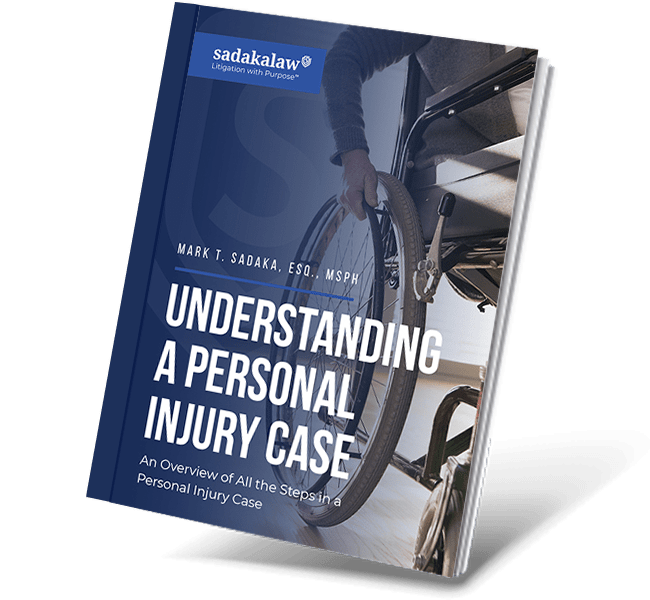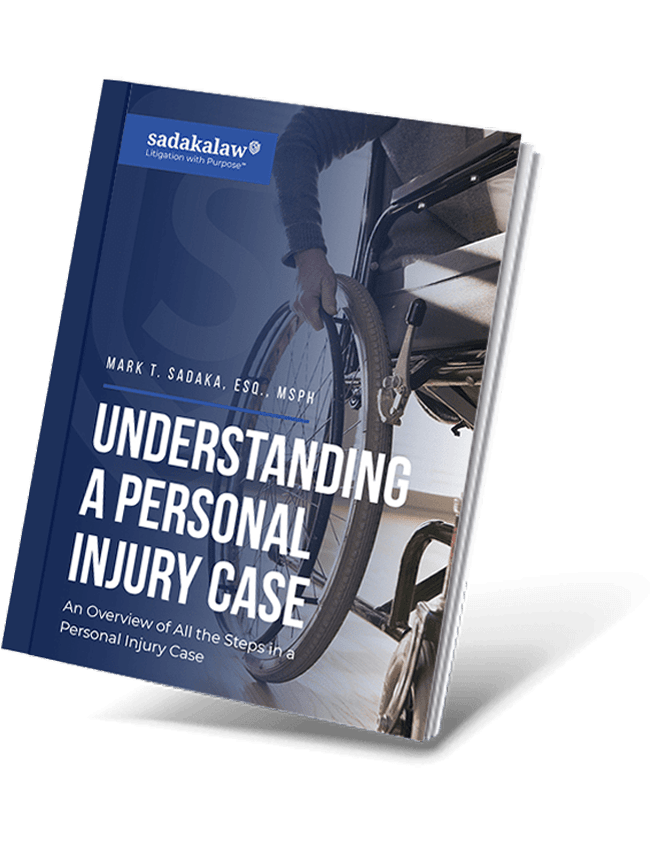 In March 2016, significant amounts of 1,4-dioxane, a dangerous chemical and potential carcinogen, were found in over 80 water systems in New Jersey. The chemical was found in areas across the entire state.
In March 2016, significant amounts of 1,4-dioxane, a dangerous chemical and potential carcinogen, were found in over 80 water systems in New Jersey. The chemical was found in areas across the entire state.
The chemical 1,4-dioxane is a man-made substance that is used as a solvent and is an ingredient in some varnishes and paint strippers. It can also be created by mixing chemicals. It is classified as an unregulated contaminant by the EPA because the organization does not have enough information about the chemical. However, it can cause damage to the kidneys, the liver, and the respiratory system, and it may be carcinogenic.
Origins of the Hazardous Chemicals
The chemical was first discovered at the Ringwood Superfund site in the nearby groundwater. This is where the Ford Motor Company disposed of paint sludge about 50 years ago, which may be the source of some of the 1,4-dioxane in this area. The groundwater where the chemical was found is only about a mile away from the Wanaque Reservoir, which supplies drinking water to three million people. Fortunately, there was no 1,4-dioxane found in the reservoir.
New Jersey’s standard for 1,4-dioxane is 0.4 microgams per liter. Any amount more than this could be dangerous. Different areas of New Jersey have varying amounts of the chemical in the water; some areas only have trace amounts that are less the state’s standard, while others have larger amounts. The highest concentrations of the chemical were found in Fair Lawn, Garfield, Pompton Lakes, and Oakland. The highest concentration of the substance found in Fair Lawn was 3.24 micrograms per liter. This is well above the state’s standard, although it is the equivalent of only three drops in an Olympic-sized pool. Some water supplies in Fair Lawn also contain small amounts of trichloroethylene, or TCE, a carcinogenic solvent that is sometimes found alongside 1,4-dioxane in water.
Environmental specialists say the levels of the substance are not high enough to pose a serious threat, but they are unsure of how much 1,4-dioxane can exist in water before there are health risks. There is no national standard for the chemical, but the New Jersey Department of Environmental Protection is working on evaluating the state’s standards and creating new standards for 1,4-dioxane and similar chemicals. Once 1,4-dioxane mixes with water, it can be difficult and costly to remove.
There have also been findings of PFOA, perfluorooctanic acid, in New Jersey water. PFOA used to be found in items like cookware, clothing, and carpets, and there are still some traces in water systems. New Jersey’s standard for PFOA in water is 0.04 micrograms per liter. Since 2014, the Environmental Protection Agency has found PFOA levels higher than this in 14 New Jersey water systems. Some areas affected include Fair Lawn, Garfield, Wallington, and Hawthorne. The chemical seems to affect wells more than reservoirs.
The federal advisory limit for PFOA is 0.4 micrograms per liter, significantly higher than New Jersey’s standard. However, many researchers believe that concentrations of the chemical as small as 0.02 micrograms per liter can be harmful. PFOA can cause kidney cancer, high cholesterol, thyroid disease, and a number of other illnesses. Some researchers even say the standard should be 0.001 micrograms per liter.
New Jersey officials are making efforts to reduce the amount of hazardous chemicals, especially PFOA, in the drinking water. A carbon filter treatment system has been installed in Fair Lawn, and the Department of Environmental Protection is researching the best ways to remove these chemicals from the water. If you or a loved one have suffered from these chemicals, please contact a hazardous chemical attorney today.


